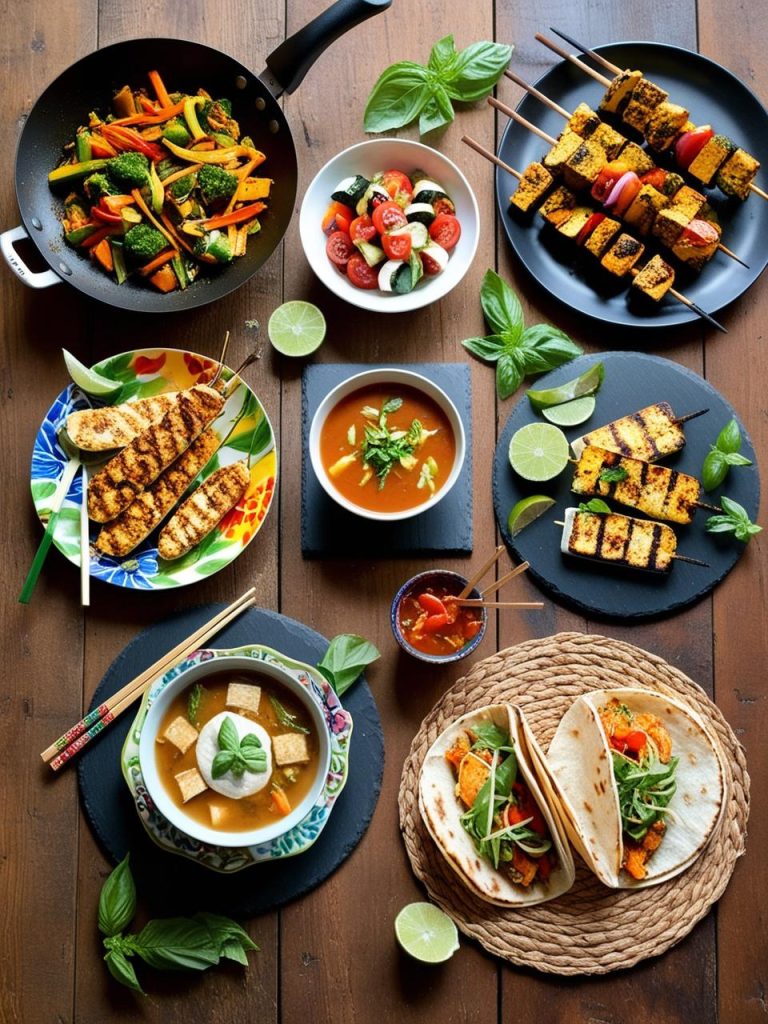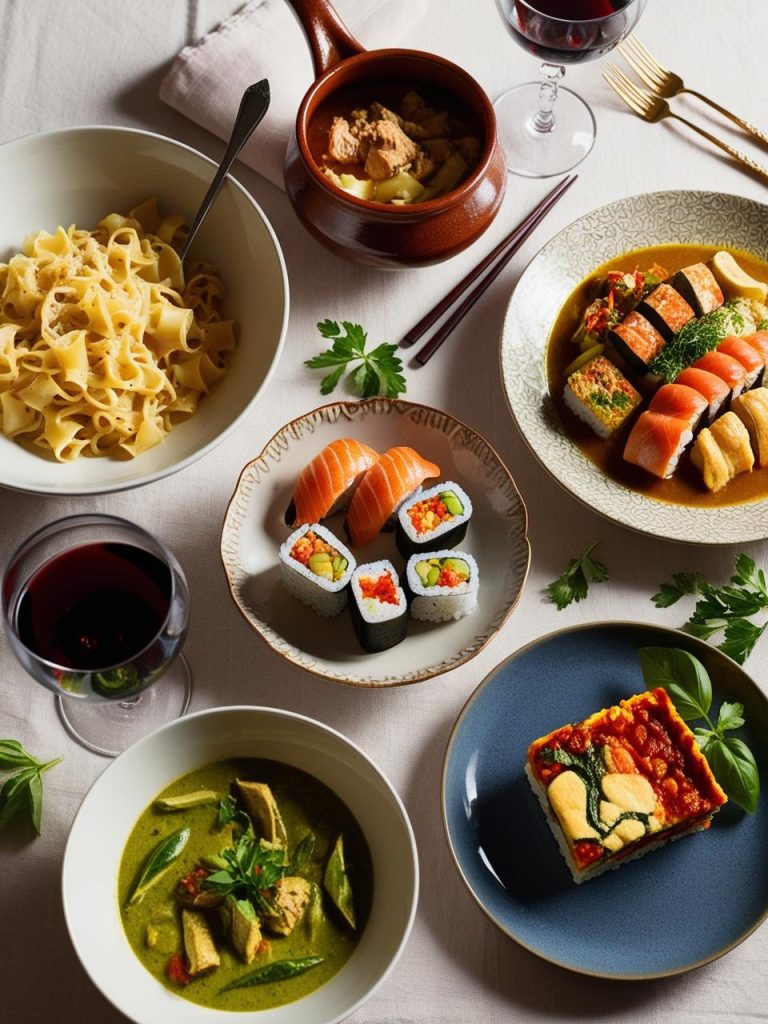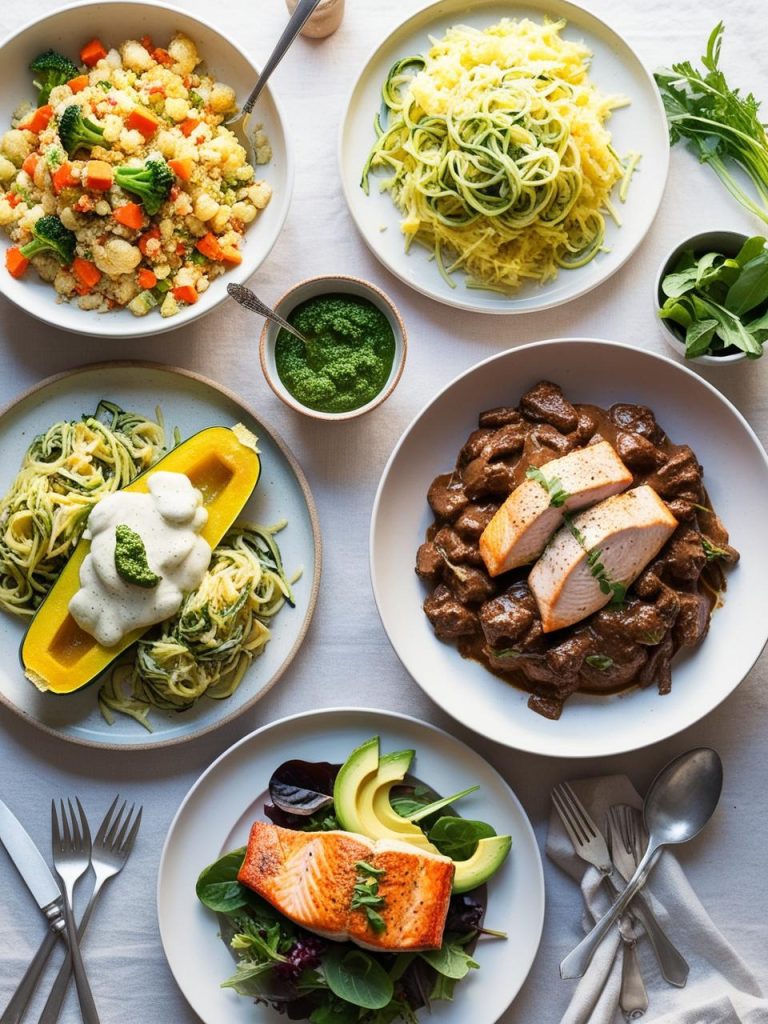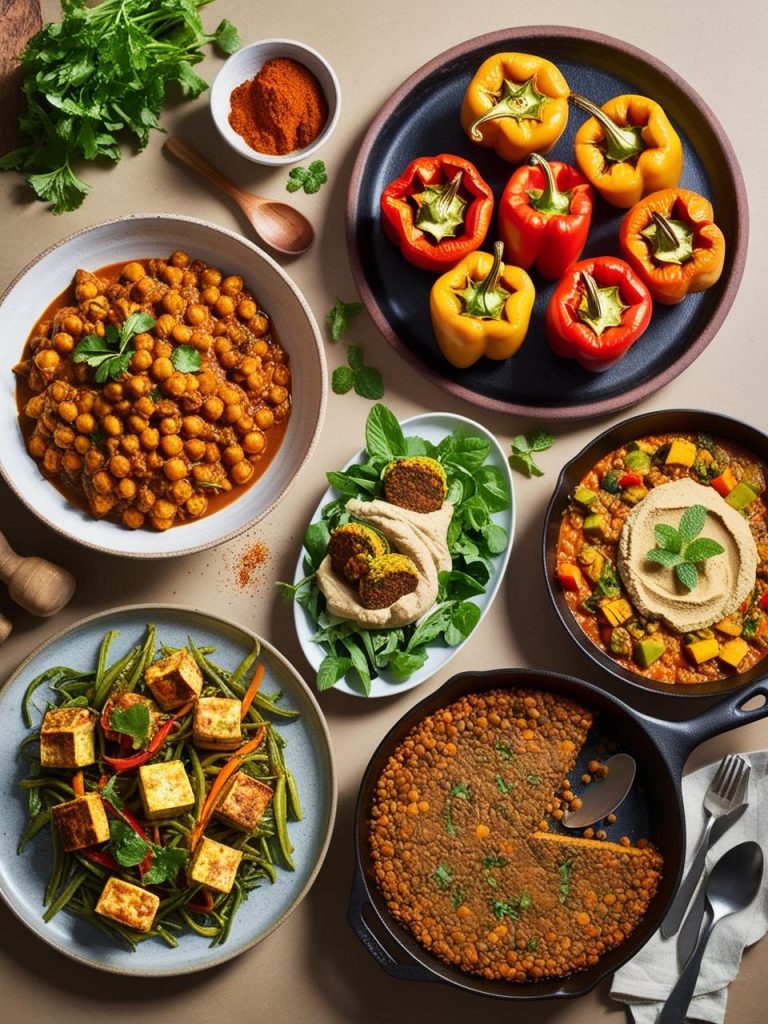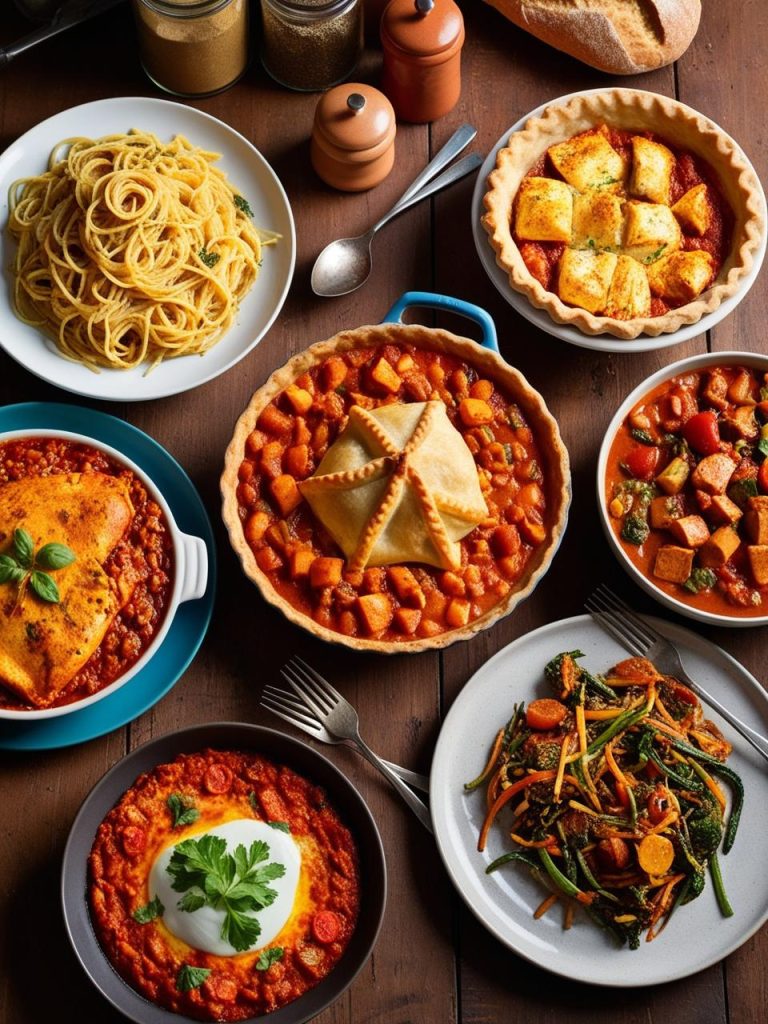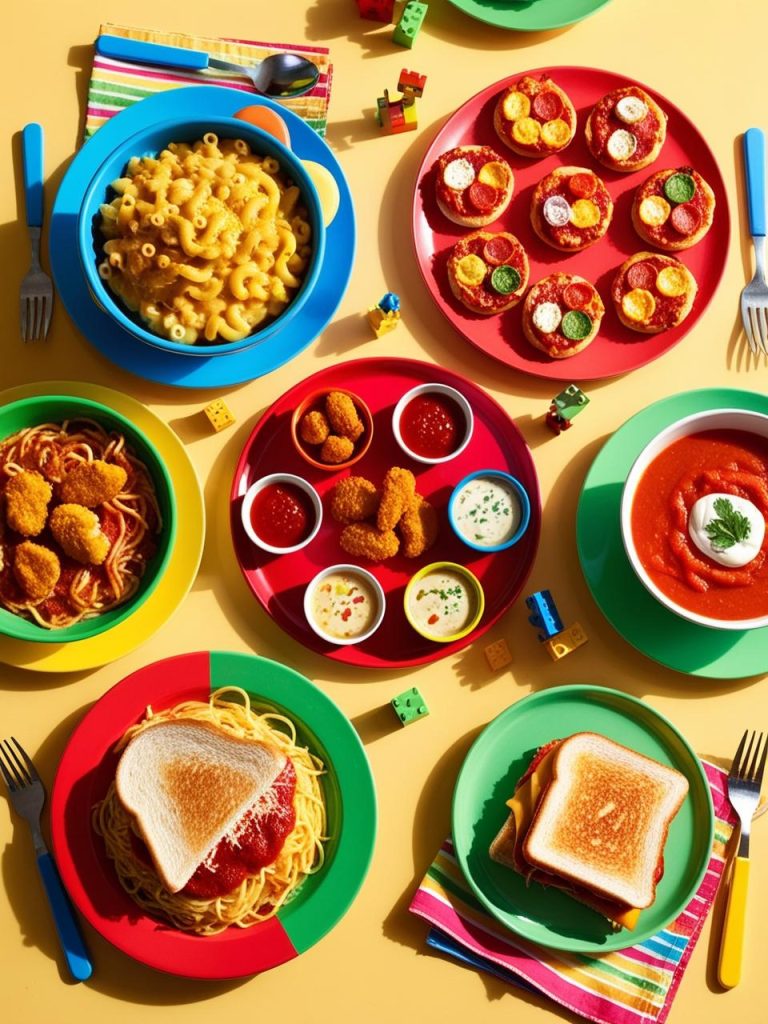These 5 Easy Vegan Recipes Will Make Family Dinners a Breeze
Dinner time can feel like a battlefield—balancing dietary needs, picky tastes, and your own energy levels. But what if you had a few go-to recipes that were healthy, family-approved, and ridiculously easy to make?
These five vegan dinners are exactly that: no fuss, no stress, just pure deliciousness.
1. Ratatouille: A French Country Classic
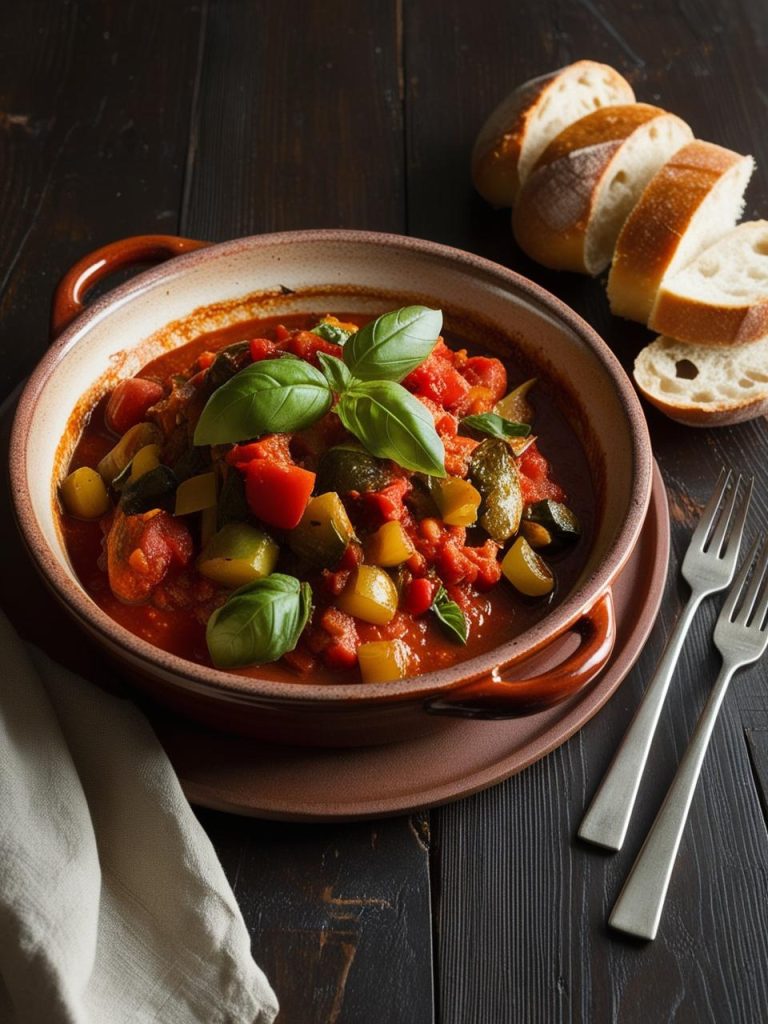
History & Origin:
Ratatouille originated in the Provence region of southern France, likely in the 18th century. This hearty vegetable dish was born out of necessity, using seasonal produce like zucchini, eggplant, and tomatoes that were plentiful in the Mediterranean climate. Traditionally considered a “peasant dish,” ratatouille was created by farmers to make the most of surplus vegetables. Over time, it became a staple, symbolizing both rustic simplicity and the vibrant flavors of French cuisine. Its global fame soared after the Pixar movie “Ratatouille” introduced it to modern audiences.
Cultural Context:
Ratatouille is often served as a main dish or a side, frequently accompanied by crusty bread or rice. It has become a symbol of Provençal cooking, celebrated for its harmonious blend of fresh ingredients.
2. Dal Tadka: A Taste of India
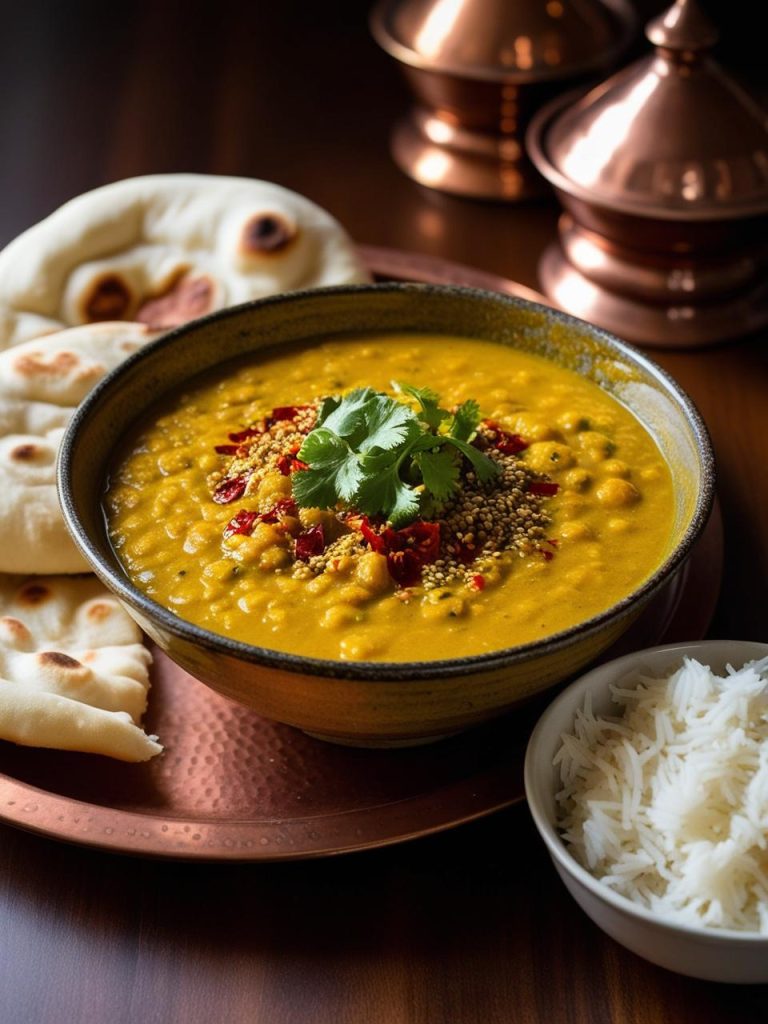
History & Origin:
Dal (lentils) has been a dietary cornerstone in Indian households for thousands of years, dating back to the Indus Valley Civilization. Dal Tadka, a spiced lentil dish, originated in northern India, where tempering spices (tadka) in hot oil was a common cooking technique. The dish became popular for its ability to provide high protein content in a vegetarian diet, essential in Indian cuisine where meat was often avoided for cultural or religious reasons.
Cultural Context:
Dal Tadka is enjoyed across India, with regional variations in spices and preparation. It is typically served with steamed rice or Indian breads like roti or naan, making it a comforting and nutritious meal for families.
3. Minestrone Soup: Italy’s Hearty Hug
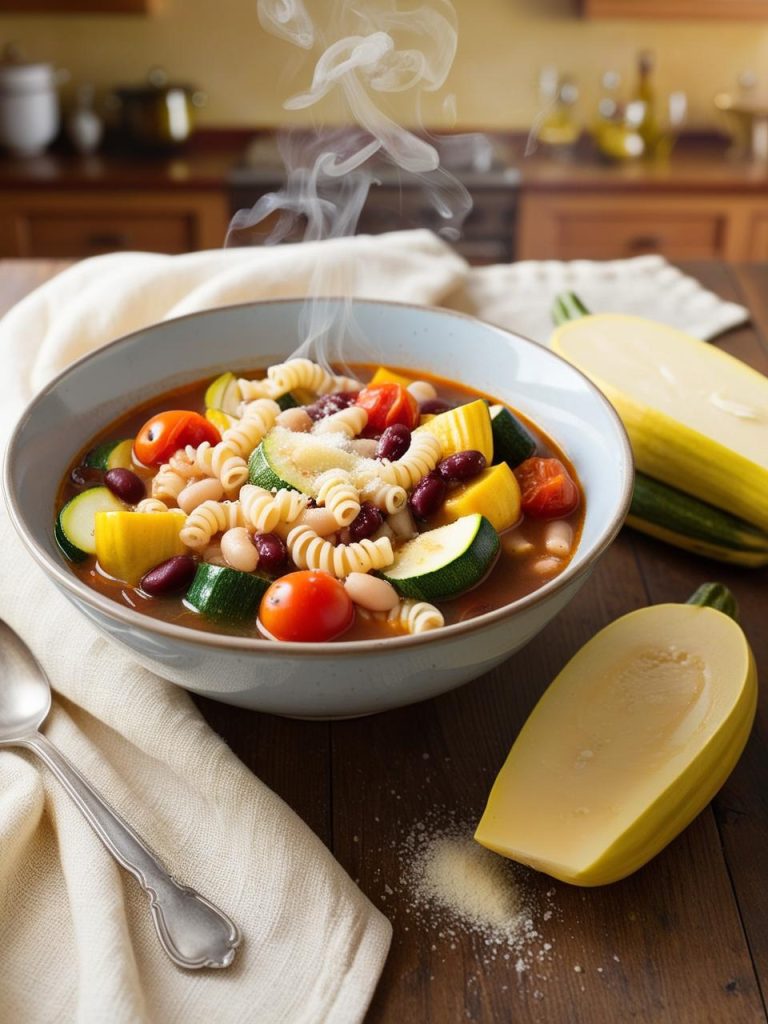
History & Origin:
Minestrone, Italy’s iconic vegetable soup, has ancient Roman roots, where it was part of a frugal, plant-based diet known as “cucina povera” (poor cooking). The soup evolved over centuries, incorporating vegetables available in different regions. By the 16th century, after the introduction of New World ingredients like tomatoes and potatoes, minestrone took on the form we recognize today.
Cultural Context:
Minestrone varies by region, with northern Italians favoring beans and rice while southern versions include pasta. It is celebrated as a dish that reflects the seasonality of fresh produce, making it a family favorite.
4. Chickpea Tagine: Morocco’s Fragrant Feast

History & Origin:
Tagine, named after the clay pot in which it is cooked, is central to Moroccan cuisine. Chickpea tagine, a plant-based variation, draws on the country’s rich spice trade history. Spices like cumin, turmeric, and cinnamon, brought to Morocco through ancient trade routes, became the foundation of this aromatic dish. Chickpeas, introduced during the Arab invasion, complemented these spices perfectly.
Cultural Context:
Traditionally served during family gatherings, tagines are shared communally, often paired with couscous. The slow-cooking method in the tagine pot allows flavors to meld, creating a deeply satisfying meal.
5. Vegan Pad Thai: Thailand’s Street Food Sensation
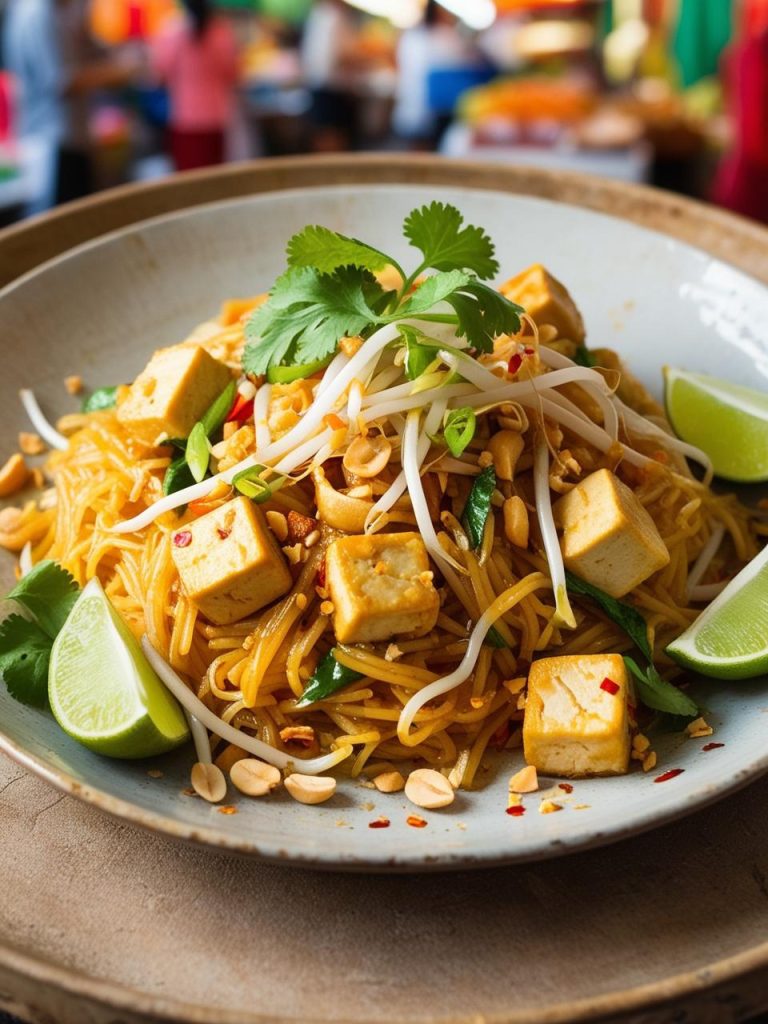
History & Origin:
Pad Thai, Thailand’s famous stir-fried noodle dish, became popular during the 1930s under Prime Minister Plaek Phibunsongkhram. He promoted it as a national dish to boost Thai identity and reduce rice consumption during World War II. The vegan version, omitting shrimp and fish sauce, uses tofu, tamarind, and peanuts to maintain the dish’s signature sweet, tangy, and savory profile.
Cultural Context:
A staple of Thai street food culture, Pad Thai is enjoyed by families and travelers alike. Its vibrant flavors and quick preparation make it a universally loved dish.

